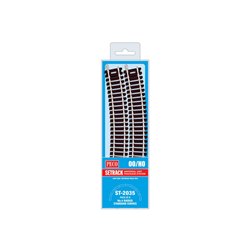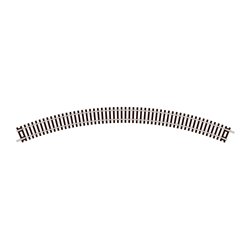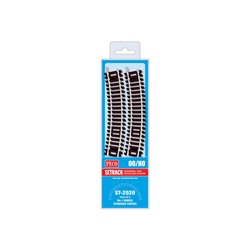Mainline Railways was a British model railway brand that operated between 1976 and 1983, introduced by Palitoy, the...
No products
Product successfully added to your shopping cart
There are 0 items in your cart. There is 1 item in your cart.
Search Tips
Open on Good Friday
The shop will be open on Friday 18th April.
Bring us some chocolate!
Which curve radius should I use on my layout?
This will very much depend on what space you have available.
The best starting point would be to get a starter set. You will then have everything you need to create a model railway, with controller, track, and train plus accessories. This is good value for money and is ideal for anyone starting out in the hobby.
Once you have started your layout you can expand and add more curves. There are four standard curve radii, each one slightly bigger than the other and they are numbered one to four with number one curves being the tightest.
Something to bear in mind when designing your layout: longer engines and trains do not perform well on tight curves and may derail on first and second radii. This is something you may want to factor in at the early stages as it could have an impact on the vision of how you want the layout to appear and function.
Click here to receive the tips weekly in your mailbox. You can unsubscribe at any time.










